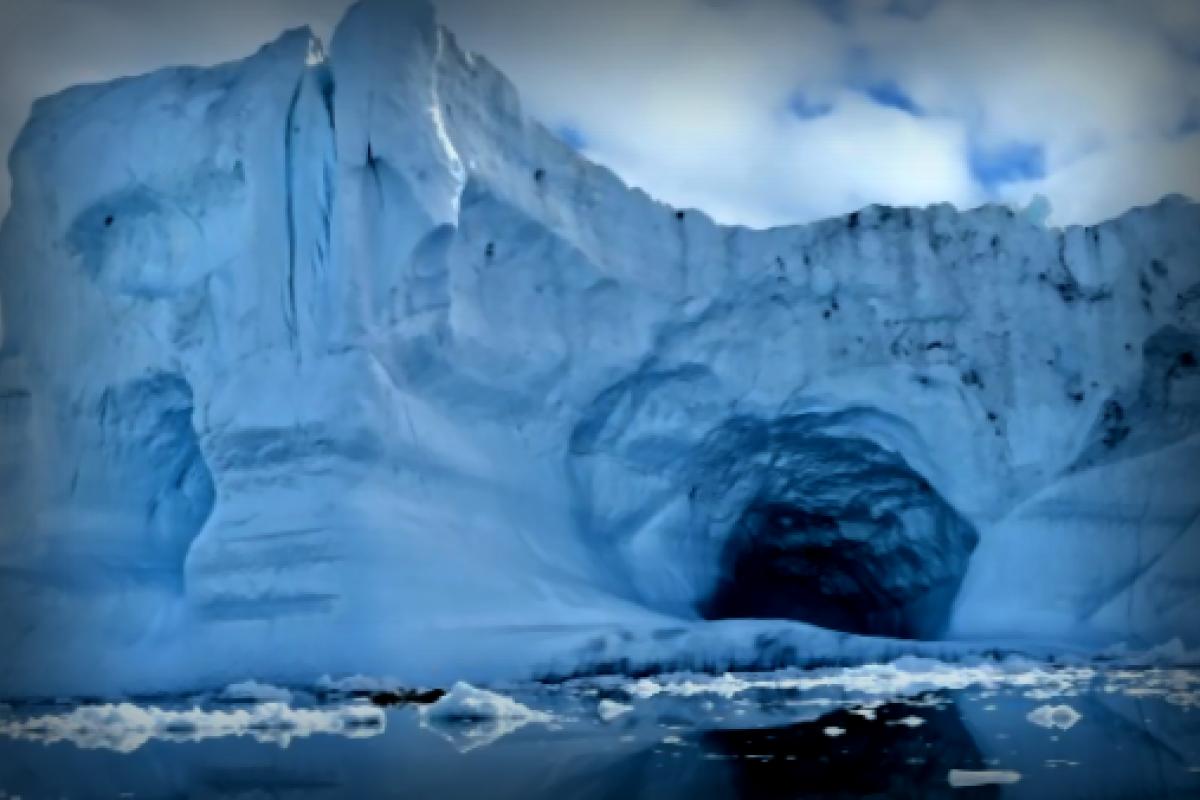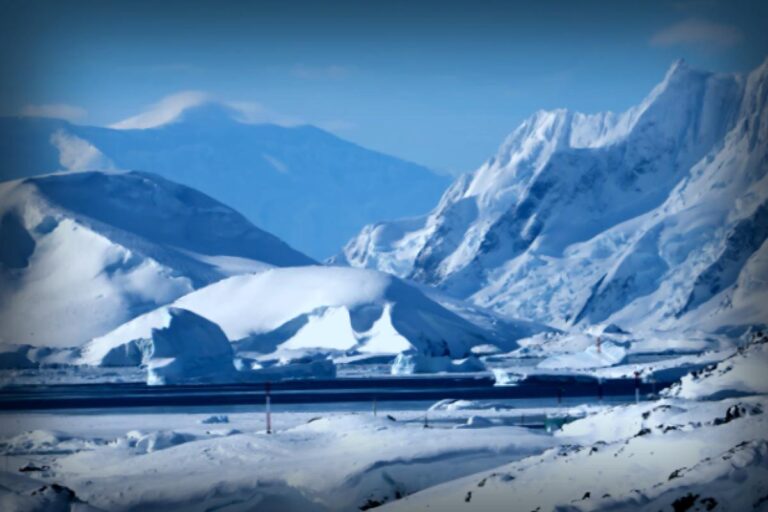Hey folks! A bunch of scientists just hit the jackpot with a discovery in Greenland that reveals some incredible stuff about our planet’s past. They stumbled upon a cave hidden beneath the Arctic ice, which shows what things were like when that ice was completely gone!
This cave finding could really shake things up in our understanding of Greenland’s history. According to Earth.com, this is no small potatoes.
What’s the deal with this discovery?
So, a team from the University of Innsbruck in Austria was digging into some mineral samples when they uncovered this cave. They found calcite, a mineral that can’t be made under ice. That tells us that Greenland must have melted enough for liquid water to have existed!
Recent research published in the journal Nature puts this melting period between 9.5 and 5.3 million years ago. Back then, temperatures were about 55 degrees Fahrenheit higher than what we currently experience!
Gina Moseley, the lead researcher, called the mineral deposits “tiny time capsules” and pointed out that they indicate northern Greenland used to be a wetland with no permafrost.
Eventually, temperatures dropped, and cooler ocean waters and changing sunlight patterns caused Greenland to freeze up again, leading to the icy landscape we know now. It went through cycles of freezing, melting, and refreezing before settling into its current state featuring permafrost.
Why should we care about a frozen Arctic?
This study is a big eye-opener, proving that the Arctic has melted in the past. But we need to remember that Earth back then isn’t the same one we’re living on now. Changes in Arctic temperatures and melting ice can have some pretty serious consequences for communities around the globe.
As Moseley mentioned, “The Arctic has never been a stable system.” It shows us just how quickly and dramatically things can change environmentally.
The melting ice in Greenland isn’t just a local issue; it affects sea level rise worldwide. NASA notes that sea levels have climbed about 2.5 inches since 2002, creating risks to coastal communities. For instance, drinking water in the Delaware River Basin could get contaminated by ocean water!
Plus, it messes with extreme weather events like flooding. Studies being conducted in the Bay Area are exploring ways to mitigate the impact of rising waters, including restoring wetlands and putting in flood gates.
What’s being done about this ice melt?
Relying on dirty energy sources like coal only makes things worse, adding to pollution that accelerates Arctic melting. We really need to switch to clean energy options like solar and wind—every little bit helps!
Initiatives like the Arctic Ice Project are tech-savvy, working on ways to diminish ice loss by blocking sunlight from reaching the young ice.
Studies like the one from the University of Innsbruck help paint a clearer picture of what’s happening with Arctic ice, allowing scientists to figure out how to adapt effectively. Moseley makes a good point, stating that their findings underscore just how sensitive the Arctic climate is and that every little shift in temperature can make a huge difference.

Join our free newsletter for some positive news and helpful tips. Plus, don’t miss this fantastic list of simple actions you can take to help yourself while protecting our planet.
Scientists make stunning discovery in cave hidden beneath Arctic ice: ‘Tiny time capsules’ first appeared on The Cool Down.



















